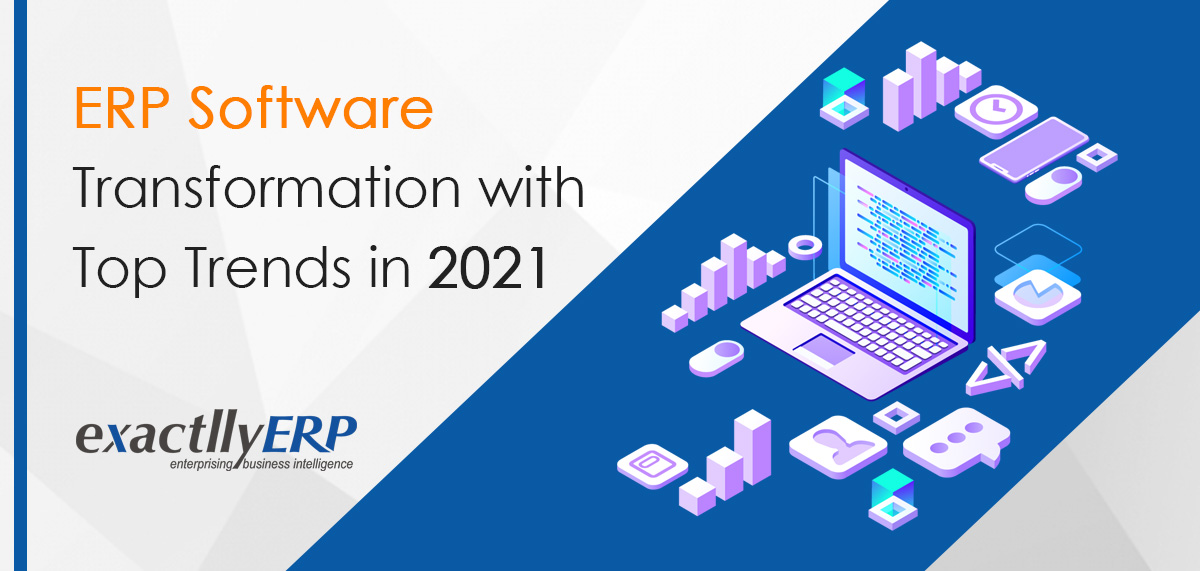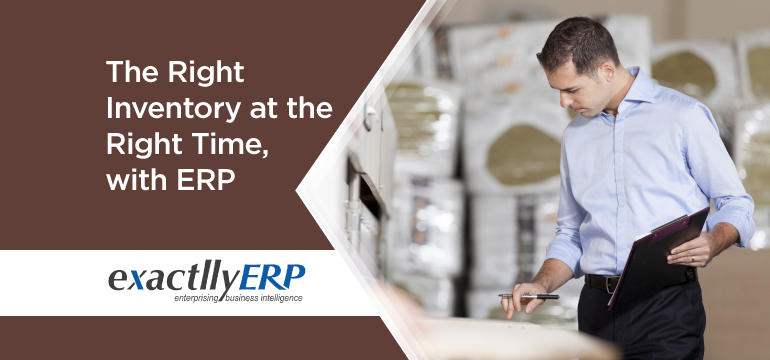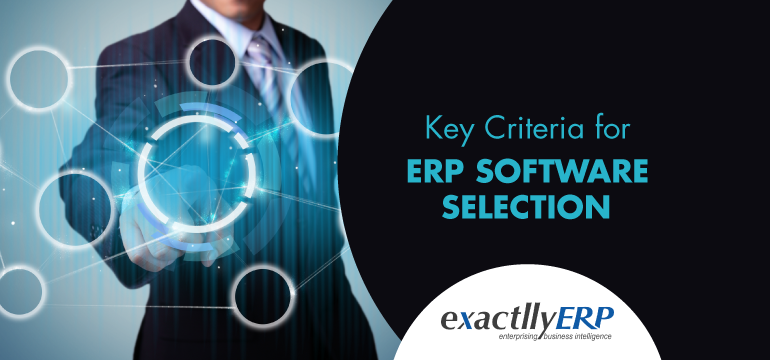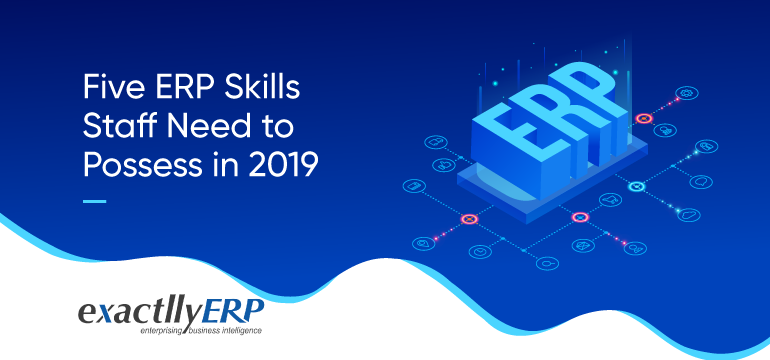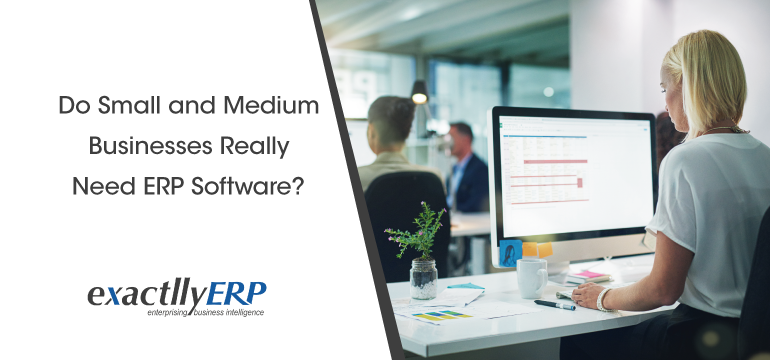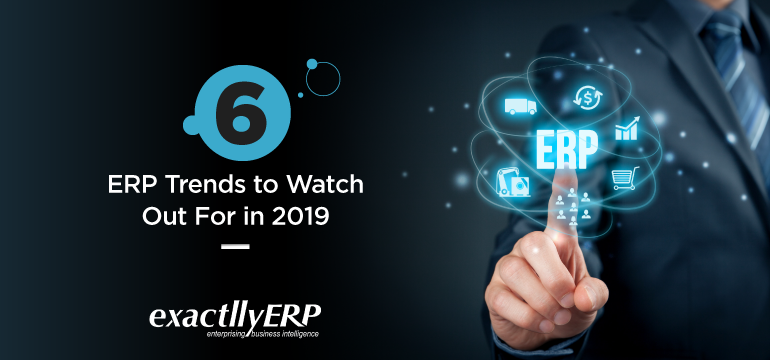What’s Next in ERP Application Ecosystem? Preparing for 2018 and Beyond…
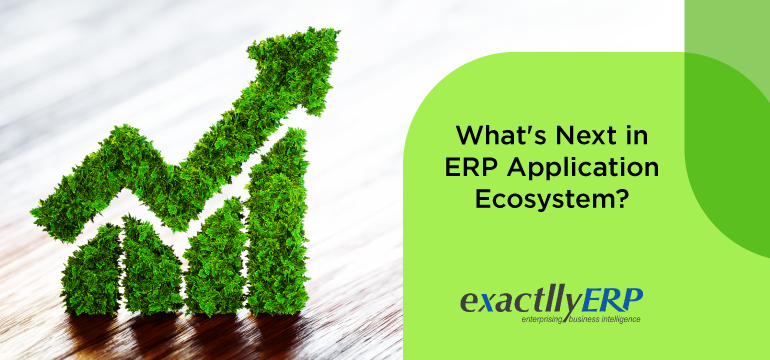
While the world was in a frenzy as far as political and social issues go, 2017 was a good year for the industrial sector. Particularly for ERP, it was a great year. ERP Application Ecosystem saw a tremendous increase in utility, with more and more companies realizing the potential of ERP.
The emerging trends in ERP suggest that 2018 will only be better. The competition is stiff, and companies are looking for better technologies to make ERP more effective. Fortunately, continuous improvisation had opened some interesting avenues for the ERP ecosystem. Here are some enterprise resource planning trends that will dominate in 2018:
1. ERP and SaaS:
Since the beginning, ERP systems have been on-premise, that is, everything is stored on the location. While it sure has its own benefits, there are many drawbacks too. You have to buy specific hardware for the software, along with the costs for hardware maintenance and software expansion. SaaS (Software as a Service) solves this problem by taking you to the cloud.
Cloud-based software is nothing new, and many are extensively used all over the world. Now, it seems, it is ERP’s turn to go over the cloud. It is the most obvious enterprise resource planning trend we will see in 2018. Perhaps in the next 3 years, all large-scale ERP applications would migrate to the cloud.

2. Intelligent ERPs:
ERP applications were first proposed as an “intelligent way to manage backend data”, but it seems that they can become even smarter. Intelligent ERPs are the next-gen ERP applications that employ cutting-edge technology to deliver better results and more meaningful insights. These include the Internet of Things (IoT), Artificial intelligence and machine learning.
IoT is particularly the most immediate shift we will see in 2018, as more companies try to leverage the digitization of their devices and products. The better insights and control that IoT provides will drive the ERP Application ecosystem in the coming year.
3. In-Memory Computing:
Traditionally, as we mentioned earlier, the data generated for and by ERP was stored on-premise, on hard disks. While this was a cost-effective way to do things, it was not the most efficient way. This might change in 2018 as RAMs enter the scene.
With RAMs becoming cheaper every passing day, people are trying to store the ERP data on RAM instead of hard disks. This makes accessing the data hundreds of times quicker due to faster caching. As data access becomes faster, so does the processing power and overall efficiency of the software.
RAM is still not as cheap as one might expect for such large-scale implementation, but we might reach the optimal range in 2018. Once that happens, a revolutionary leap in processing power would be achieved in the ERP application ecosystem.
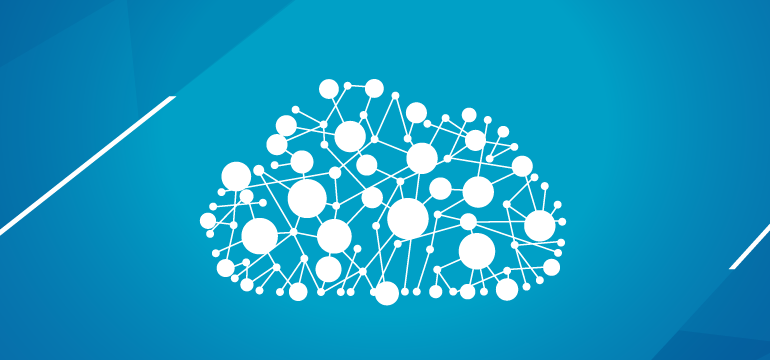
4. Cloud-Hybrid:
Yes, 2018 will have the cloud, but with an additional flavour. While we have mentioned how shifting to the cloud would be beneficial for you, it is not always an easy option. Especially in large organizations that have recently employed ERP solutions, moving again to the cloud would produce a large overhead cost. In this, a mixed approach could be used.
There are many ways in which you can achieve this:
● Instead of implementing SaaS over the entire application, you can do it piece-by-piece. There are numerous advantages to doing this. First, it saves you from the upfront overhead. It also allows you to monitor if going to the cloud is really working for your business, and what can you improve on it. Also, it helps you to migrate without halting any operations slowly.
● In case you prefer your main ERP to stay on-premise but want other components to go to the cloud, you can do it in a hybrid model. For instance, you can add additional SaaS modules as a layer above your existing ERP ecosystem. In this way, you don’t have the way to change anything in the existing framework but can still enjoy some benefits of SaaS.
5. More Market Share for the Small:
For a long time, ERP was considered to be the need for only large companies that generate huge data. However, in recent years small and medium-sized companies have also started to realize the potential of ERP applications. More relevant features and reductions in cost have contributed to this increased demand. In 2018, we will see a greater influx of small/medium-sized companies adopting ERP as a way to manage backend data.
It is even possible that the share of small and medium-sized companies might become the majority in the total market share. If this happens, it would change the future of ERP to some significant extent. More ERP vendors would focus on smaller companies and try to tailor the software for catering for their specific needs.
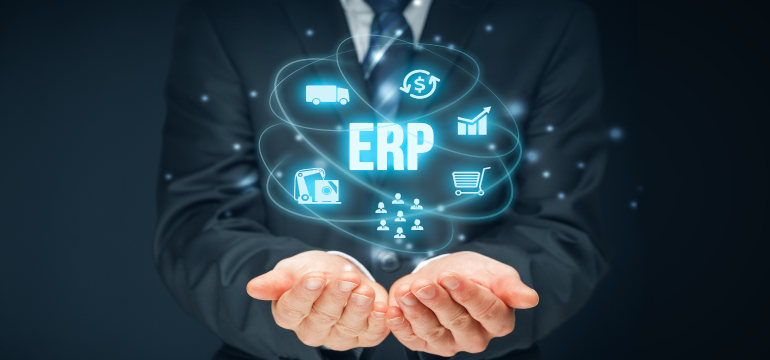
Conclusion:
The landscape in the industrial sector can change very rapidly, and new demands can arise out of the blues. However, the above mentioned emerging trends in ERP seem very probable to set the narrative of ERP software in 2018. With continuous improvements in ERP technology and increasing demands, it would be interesting to see what the coming year holds for the future of ERP. Wants to know more about exactllyERP? Feel free to Contact Us and get a Free Demo.



